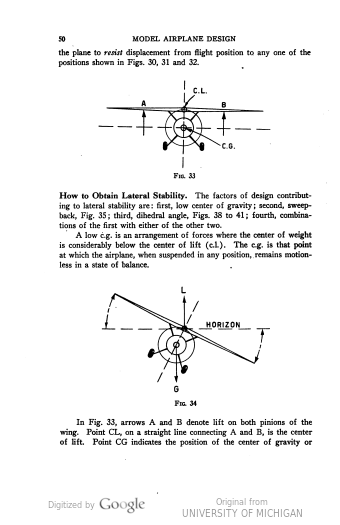Pendulum effect is a bit of a misnomer. What is thought of as "pendulum effect" is actually just a favourable rolling moment that can be generated during sideslip if the center of mass is a large distance from the lateral aerodynamic center, which doesn't really exist on normal aircraft.
Paragliders however, which operate in a kind of topsy turvy alternate world of control, exploit this effect to achieve lateral stability and to turn. A paraglider turns by skidding, the skid being created by increasing the lift and drag on the into-turn side when you pull the trailing edge down with brake application (you are only interested in the drag increase, not the lift increase, which is working against you - you are only interested in the lift increase when using both brakes together to slow down and flare).
Doing this (applying brake on one side to turn that way) actually creates a small aerodynamic rolling moment in the opposite direction of the turn (like trying to turn an airplane to the right by lowering the right flap and aileron only - doesn't work so well in that case), but because the center of mass is more or less down where the pilot is, and the lateral aerodynamic center is up by the wing someplace, the lateral force on the pilot to the outside of the skid massively overpowers the differential lift created by the brake application and rolls the glider to the right. And you can say that it's sort of acting like a pendulum, kind of.
You could say that paragliders exploit this effect to use adverse yaw to turn the wrong way, allowing control with inputs that are seemingly opposite to the normal world (turning right by lowering right aileron as it were).
As well, the mass way below the wing creates a strong centering effect (you're basically hanging from a parachute that is able to glide forward) and if spontaneous sideslip occurs the restorative rolling moment is immediate. It's also how paragliders are to somehow magically be able to achieve very strong yaw stability without any weathervaning element like a fin or sweep. Yaw and roll are strongly interconnected due to the mass 15 feet below.
So you could say that there is a pendulum effect but it only works for paragliders, or maybe some crazy airplane with most of its mass in a concentrated bob weight at the bottom of a long rigid pole extending below it, with most of its surface area at the top. In any normal airplane, the lateral aerodynamic center and the center of mass are too close together for this effect to overpower the other forces and are insignificant if they exist at all.






